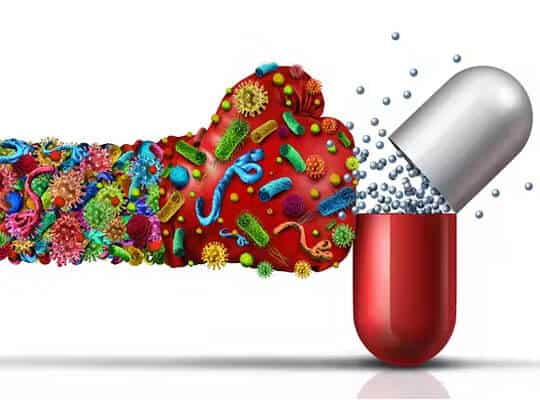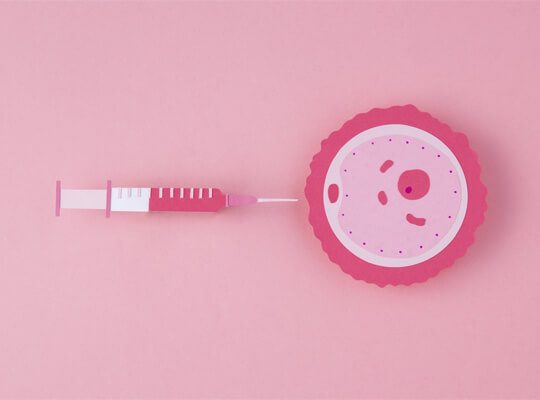Antibiotic Resistance
Table of Contents
What is antibiotic resistance?
Antimicrobial resistance occurs when microbes, fungi, and other microorganisms develop mechanisms that protect them from the effects of antimicrobials. All classes of microbes can develop resistance.
What causes resistance of antibiotics?
When the presence of antibiotics and antifungals forces bacteria and fungi to adapt, antimicrobial resistance is increased. Some microorganisms that cause illnesses are killed by antibiotics and antifungals, but they also destroy good germs that shield our bodies from infection. The microorganisms that are resistant to antibiotics endure and proliferate.
What is an example of antibiotic resistance?
Methicillin-resistant Staphylococcus aureus (MRSA), penicillin-resistant Enterococcus, and multidrug-resistant Mycobacterium tuberculosis (MDR-TB), which is resistant to two anti-tuberculosis medications, isoniazid and rifampicin, are a few examples of bacteria that are resistant to antibiotics.
What is the most common antibiotic resistance?
One of the most common bacteria resistant to antibiotics is MRSA. Small red bumps on the skin that can develop into painful abscesses or boils, which are pus-filled masses under the skin, are often the first signs of an MRSA infection.
Who is at risk for antibiotic resistance?
Everyone is susceptible to antibiotic-resistant infections, but those most at risk are young children, cancer patients and people over the age of 60.

How serious is antibiotic resistance?
According to scientific studies, each year, more than 2.8 million antimicrobial resistant infections occur in the United States and cause more than 35,000 deaths.
How do you know if you have antibiotic resistance?
A sample of your affected tissue is taken by your healthcare professional and sent to a laboratory. There, the type of infection can be identified. Tests also reveal which drugs can effectively destroy bacteria. If you do not get better after treatment with conventional antibiotics, you may have a disease resistant to such drugs.
How do you treat antibiotic resistant bacteria?
Other types of antibiotics are used to treat antibiotic-resistant diseases. These drugs are prescribed by your doctor according to the type of infection you have and the types of drugs to which the organism reacts. Antibiotics can be given orally or intravenously (IV) by infusion by a home care nurse.
Does bacteria grow back after antibiotics?
Antibiotic use has long been associated with bacterial depletion in the gut. A recent study shows that healthy individuals can restore the structure and function of their gut bacteria following antibiotic therapy. However, after six months, the bacteria in the stomach can disappear.
What are the top 3 antibiotics?
- amoxicillin.
- doxycycline.
- cephalexin.
Can i have 2 different antibiotics together?
Two drugs that attack the infection in different ways, like two antibiotics, can harm the various effects of the bacterial mechanism responsible for protein production. This is a strategy for treating infections that are extremely difficult to treat.
Why are antibiotics not working?
Antibiotic resistance develops when microbes resist the antibiotics used to treat them. This does not show that our body is resistant to antibiotics, but that microbes endure and grow.
What happens if an infection doesn’t respond to antibiotics?
A person who is resistant to a particular drug can pass it on to someone else without realizing it. This is one of the ways in which a difficult-to-treat disease is transmitted from person to person. Antibiotic-resistant disease can sometimes cause severe impairment and even death.
How long do antibiotics stay in your system?
Before a drug is completely eliminated, it must remain in your system for 5.5 times its elimination half-life. Therefore, assuming the maximum elimination half-life is 22 hours, it takes 121 hours (5.5 x 22 hours) or approximately 5 days for the drug to be completely removed from your system.
How do i rebuild my immune system after antibiotics?
- probiotic ry. Probiotics can assist in repopulating your digestive tract with healthy microorganisms.
- Maintain proper hygiene.
- Comply with all drug instructions.
- Just use antibiotics as necessary.
- Consult your physician
Do probiotics helps after antibiotics?
It is often recommended by doctors that probiotics should be taken several hours after an antibiotic. If not, the two drugs may have the opposite effect. Some medical professionals even recommend delaying the start of probiotics until several days after antibiotic treatment ends. therefore, we should not attempt such a thing without asking your home care doctor.
For More Information
Please do not hesitate to contact us for more information on the subject.



